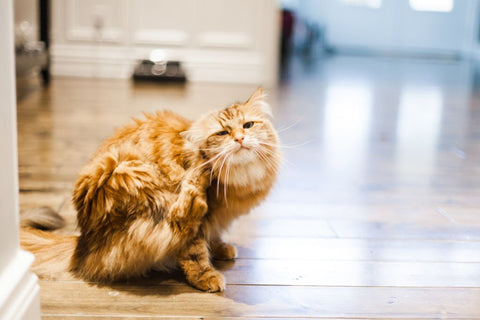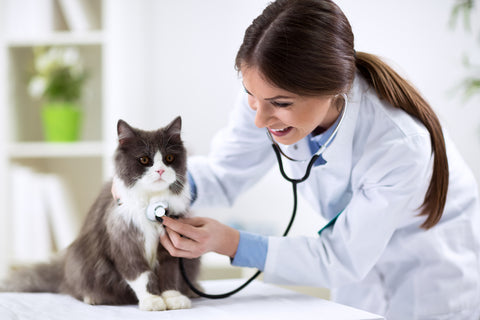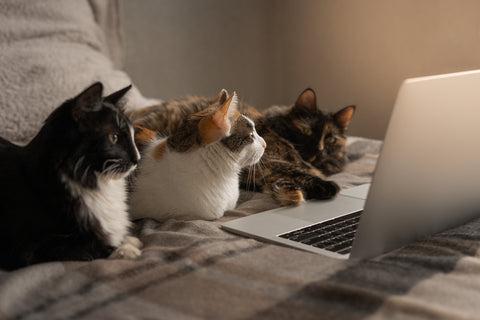
Our friends at Reviews.com pulled together some of their best ideas for keeping you cats healthy and satisfied, especially during the holiday season. Say no to mystery-meat!
‘Tis the season for cats finding new homes! DNA testing provides powerful insight into the heritage and health of your pet, but knowledge is only half the battle. Set yourself and your new addition up for success by choosing a great cat food that nourishes safely. The team at Reviews.com released a guide to finding the best cat food, outlining three important questions to ask yourself when shopping:
What is the primary ingredient?
Ingredient contents on pet foods are listed in order from highest content by weight to lowest. In other words, the first ingredient is what there’s the most of in the food. Quality is key here, and the first ingredient should be whole protein that is free of harmful or controversial substances. Be sure you can identify what type of meat it is (no mystery-meat or meat-meal, please!) Unfortunately, many of the pet foods found at the grocery store fall short in this department, as many list ingredients like "meat-meal" or chemicals here.
What artificial ingredients are in the formula?
This is likely the hardest question to answer on your own. We’re so used to seeing chemicals listed in our food that it can be hard to know what these words actually mean. Even more confusing is the concept of a "controversial" ingredient, which isn’t necessarily outright good or bad. Rather, we simply don’t know enough about them to conclude that they are safe. Many cat food formulas include components that are unhealthy and even potentially dangerous, and exposure to them simply isn’t worth the savings for a cheap food. See the chart below for some of the top ingredients to avoid:
Does the company operate with integrity?
This is another one of those hard questions to answer unless you have hours upon hours to spend researching. Keep an eye out for these indicators of questionable manufacturing:
- Manufacturer is outside of the US, Canada, or New Zealand. This may sound fairly arbitrary, but these countries have strict guidelines and laws in place for their pet food manufacturing. Opt to buy from brands made in these countries if possible.
- No manufacturer identified. This is a big red flag that tells you that the people making the food don’t stand behind it. If you can’t easily look into who is making your cat’s food, then it’s likely not worth the risk to buy it.
- History of recalls. Are there recent lawsuits or allegations being made against the company? You can check out recent recall information here to stay up to date. If you have complains about your pet's food, be sure to report your experience here.
For more information on choosing a great food for your cat, and to see which brands and formulas they ultimately recommend, you can take a look at the full guide here.
Do you know what you're feeding your kitty? Are you able to say no to mystery-meat? Share your tips with us! Find more Basepaws articles about cat diet here.



